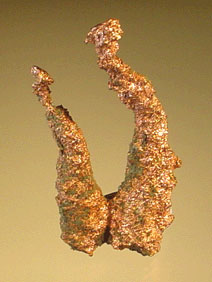| Home | AmMin | GMR | RiMG | Collectors Corner | Directory | Short Courses | |
|
|
|||||||

|
VIRTUAL
FIELD TRIP TO THE KEWEENAW PENINSULA, MICHIGAN - MINERALOGY (COPPER &
SILVER)
|
Native copper was the most common ore mineral. In the district is the greatest concentration of good copper crystals in the world. Many of the crystal forms ( groups of crystal faces) have only been found from mines in the Keweenaw. |
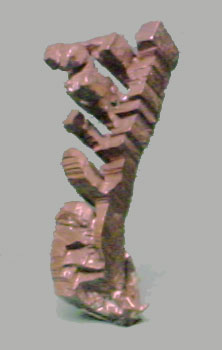 |
 |
| Copper (stacked cubes) 7.6 cm high. Seaman Museum specimen. | Copper, Central mine. Seaman Museum specimen. Specimen is 8.3 cm. |
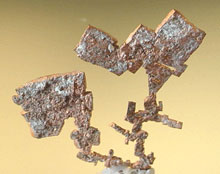 |
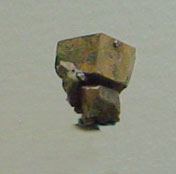 |
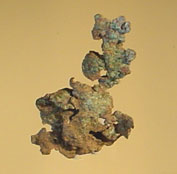 |
| Flattened cubic copper crystals from White Pine mine. Group is 3.5 cm across and 2 mm thick. | Copper crystal (cube), Copper Falls mine. Seaman Museum specimen # DM22203. 1.5 cm. across. | Typical copper fracture filling. Quincy Mine 3.5 cm high. Found 1998. |
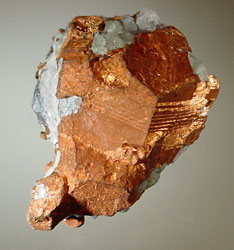 |
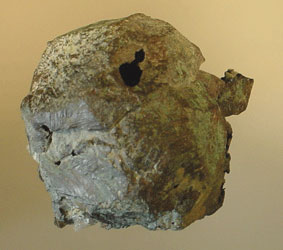 |
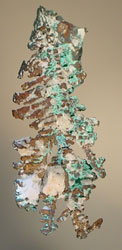 |
| Crystal of copper from the Central mine. Specimen is 4 cm. high. | This is a hollow crystal of copper from the Ojibway Mine ( 5 cm across). There are some euhedral crystals of quartz growing in the interior of this copper crystal. | This dendritic growth of copper crystals is from the White Pine mine (10 cm long). The white areas are calcite. |
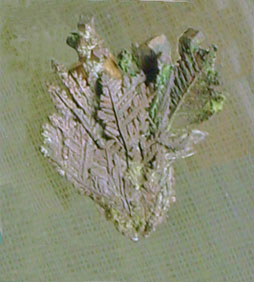 |
|
| Leaf copper crystals from the Phoenix mine. Seaman museum specimen JTR1664 8 cm. high. | Copper amygdaloid filling (4.5 cm high). LaSalle mine. Native copper completely filled the gas pockets in the tops of lava flows. As the lava reaches the surface during an eruption, gases that were dissolved in the magma form bubbles ( like the opening of a soda bottle). As the lava is flowing, these bubbles which would normally be round, become elongated. The very vesicular rock at the tops of the flows provided the porosity for the deposition of copper from the fluids flowing through the rock. |
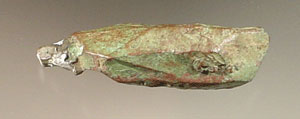 |
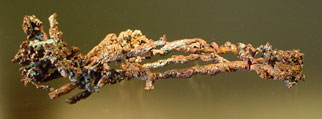 |
| Single crystal of copper (5 cm long) from the Michigan Mine, Ontonagon County. | Copper from the White Pine Mine (10 cm long). Slightly thicker wires of native copper. Most of the good specimens from the White pine were found relatively late in the production of the mine from the SW portion of the mine. |
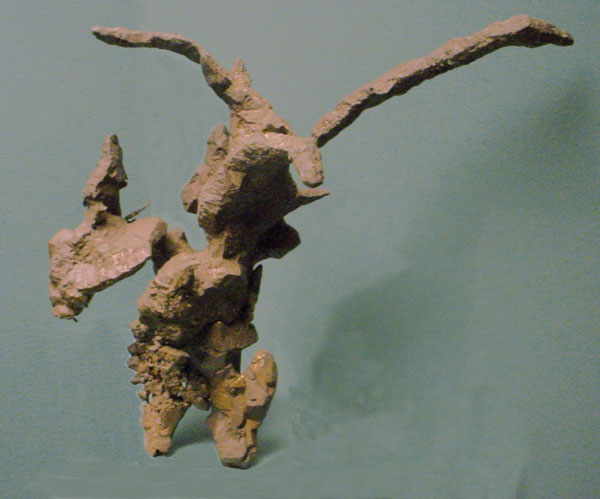 |
| Copper. Seaman Museum specimen LHS39. 17.5 cm across, Lake Superior District. |
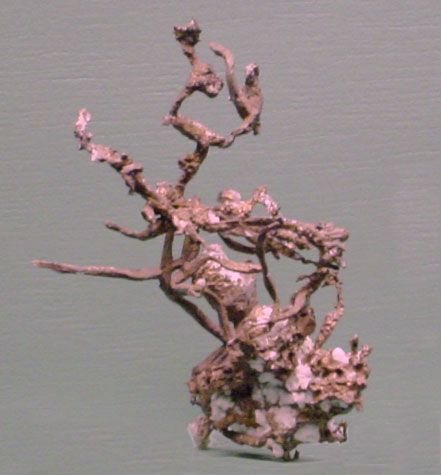 |
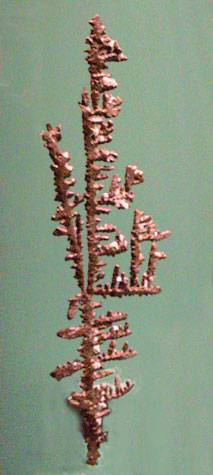 |
| Copper (wires), Osceola mine. Seaman Museum specimen (JTR1670). Size 10 cm. high. | Copper (dendritic crystals), White Pine mine. Seaman Museum specimen #DM22298. 20 cm. high. |
|
See additional copper specimens at the web site of the Seaman Mineral Museum. Page 1 Page 2. More photographs of copper. Silver is a relatively common mineral from the district. Classic specimens are "half-breeds", combinations of copper and silver. Silver is found in crystallized specimens, especially from the White Pine Mine. Most of the miners and mining captains high-graded any native silver specimens. It was profitable to ship the ore to Germany to separate out the silver and return the copper. |
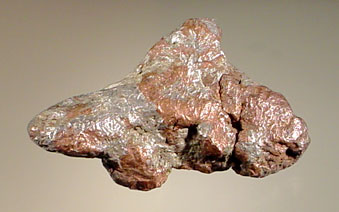 |
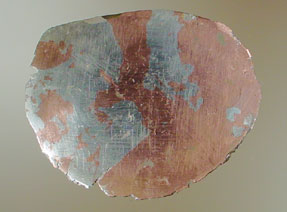 |
| Typical half-breed specimen of copper and silver (7.5 cm long). This specimen was probably recovered from a mill since the mass has been partially rounded. | Half-breed slice from district. Specimen is 5cm across. There is not a solid solution between the copper and silver. |
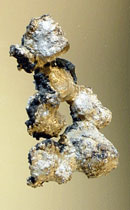 |
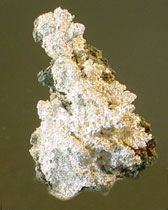 |
| This is a group of silver crystals ( 3.5 cm across) from the White Pine Mine. | This is a mass of silver ( 3.5 cm high) from the Minesota Mine, a fissure mine in the southern portion of the district. |
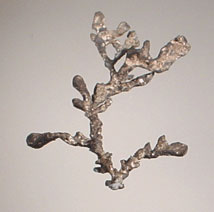 |
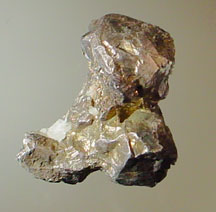 |
| This is a group of branching crystals of native silver and copper ( 4.5 cm high) from the White Pine Mine. | Silver crystals from the Red Jacket mine. Top crystal is 1 cm. in size. |
 |
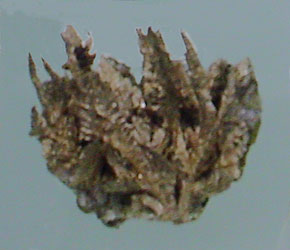 |
| Silver, Kearsarge mine, Seaman museum specimen # JTR408 4 cm. across. | Silver, Michigan mine, Seaman Museum specimen #JTR437 5 cm. high. |
 |
| Silver on copper "the buffalo" Calumet & Hecla Kearsarge. Seaman Museum specimen # JTR1726. 17cm. across. |
|
See additional images of native silver from the Seaman Mineral Museum. Page 1 Page 2
|
